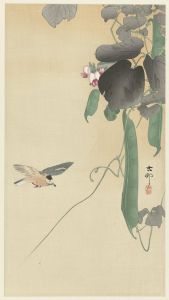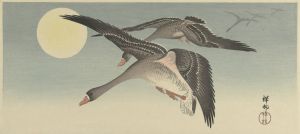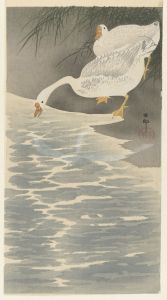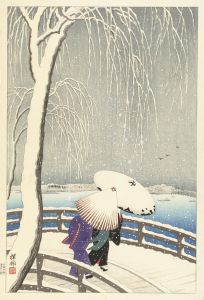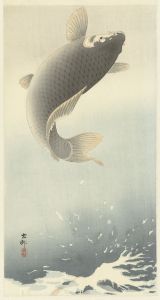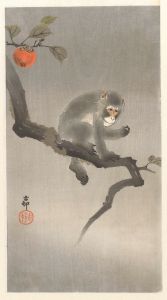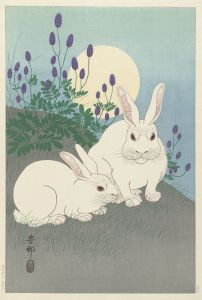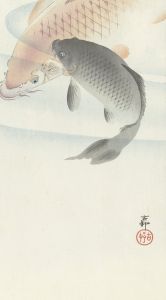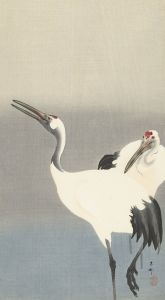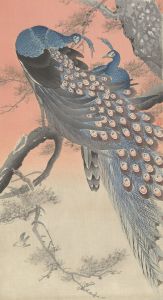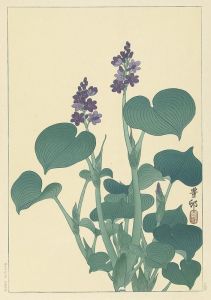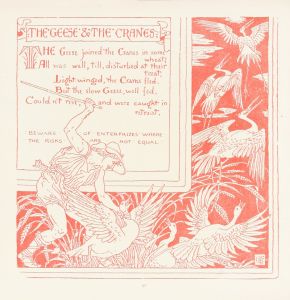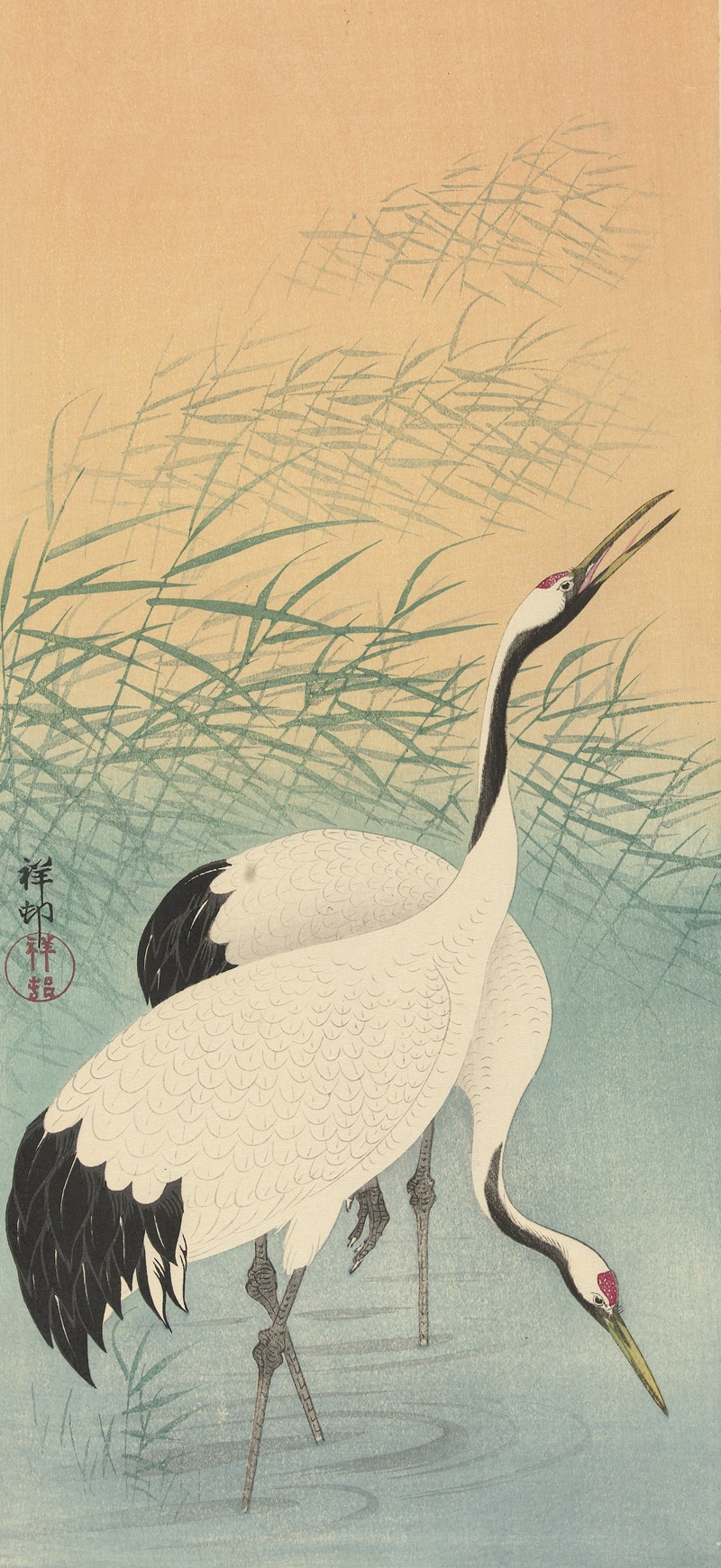
Two cranes
A hand-painted replica of Ohara Koson’s masterpiece Two cranes, meticulously crafted by professional artists to capture the true essence of the original. Each piece is created with museum-quality canvas and rare mineral pigments, carefully painted by experienced artists with delicate brushstrokes and rich, layered colors to perfectly recreate the texture of the original artwork. Unlike machine-printed reproductions, this hand-painted version brings the painting to life, infused with the artist’s emotions and skill in every stroke. Whether for personal collection or home decoration, it instantly elevates the artistic atmosphere of any space.
Ohara Koson (1877–1945) was a prominent Japanese artist known for his exquisite woodblock prints, particularly those depicting birds and flowers, a genre known as kachō-e. Among his celebrated works is "Two Cranes," a piece that exemplifies his mastery in capturing the elegance and grace of avian subjects.
"Two Cranes" is a woodblock print that showcases Koson's ability to blend traditional Japanese art techniques with a keen observation of nature. The artwork features two cranes, a bird species that holds significant cultural symbolism in Japan, often associated with longevity and good fortune. Koson's depiction of the cranes is characterized by delicate lines and a subtle color palette, which together create a sense of tranquility and harmony.
Koson's work is part of the shin-hanga movement, which emerged in the early 20th century as a revival of traditional ukiyo-e art. This movement sought to rejuvenate the classic woodblock print style by incorporating Western elements such as perspective and shading, while still maintaining the essence of Japanese aesthetics. Koson was particularly adept at this synthesis, and "Two Cranes" is a testament to his skill in balancing these influences.
The composition of "Two Cranes" is marked by its simplicity and elegance. The cranes are often depicted in a serene landscape, which might include elements such as water or reeds, enhancing the naturalistic setting. Koson's attention to detail is evident in the meticulous rendering of the birds' feathers and the graceful curvature of their necks, which convey a sense of movement and life.
Koson's prints were highly popular both in Japan and abroad, particularly in the United States and Europe, where there was a growing interest in Japanese art during the early 20th century. His works were often exported and collected by Western audiences, contributing to the international appreciation of Japanese woodblock prints. "Two Cranes," like many of his pieces, was likely produced for this market, reflecting the cross-cultural exchange that characterized the shin-hanga movement.
Despite the popularity of his work, Koson remained somewhat enigmatic, with limited personal information available. He was born in Kanazawa, Ishikawa Prefecture, and studied under Suzuki Kason, a painter known for his bird-and-flower paintings. Koson's career spanned several decades, during which he produced a vast number of prints, many of which focused on natural subjects.
"Two Cranes" continues to be admired for its artistic beauty and technical precision. It exemplifies the qualities that make Koson's work enduringly popular: a harmonious blend of traditional Japanese art with modern influences, and a profound appreciation for the natural world. His prints remain highly sought after by collectors and are frequently displayed in exhibitions dedicated to Japanese art.
In summary, "Two Cranes" by Ohara Koson is a quintessential example of the artist's contribution to the shin-hanga movement and his exceptional ability to capture the elegance of nature through woodblock printing. The artwork not only reflects the cultural significance of cranes in Japan but also highlights Koson's role in bridging traditional and modern art forms.






